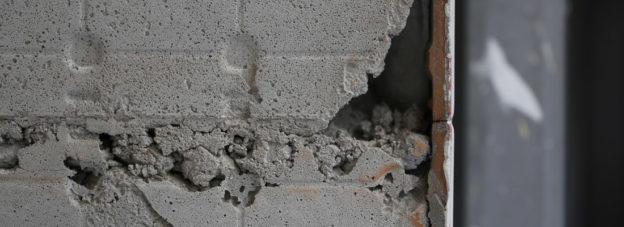If a fire or flood destroys a high-net-worth client’s fine art collection, an insurer who pays out a claim related to the loss has an incentive to pursue subrogation. This article explores some of the issues an insurer should “canvas” before pursuing subrogation for these types of claims.
Damage to fine art can occur in a number of ways. For instance, fine art may be damaged in a natural disaster – such as a flood or a wildfire. Artwork may also be accidentally damaged because of a transportation-related incident physically damaging the art. In addition, artwork may suffer fire or smoke damage from a fire within a building. Another possibility is that the artwork suffers damage because of renovations either to the insured’s home or a neighboring property. For example, a renovation contractor may damage artwork due to vibrations or leaking water. A construction worker, moreover, may turn with a tool in his hand, or trip and fall, damaging the artwork.






